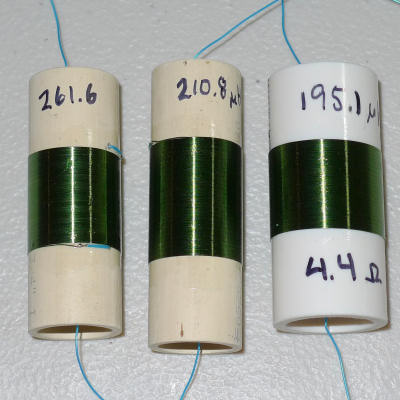The negative output of the function generator should be earth grounded, as should the negative input to the scope probes (scope probes are usually grounded to the AC outlet ground, which is an earth ground, but function generator outputs are often floating). You should also be using a good quality RF choke here or an air-core hand wound single layer solenoid. If you do these things, believe me, you'll know when you hit resonance! Resonance can be quite narrow for a high Q coil, and it's probably easiest to locate using sine wave drive from the function generator. A small resistor (~1meg or so) from the antenna scope probe to ground can help kill hum."
I've always assumed the negative clip on the scope was earthed, and so I did connect that to the negative clip from the Fgen. Didn't have any proper fgen leads so I used another scope probe, didn't think of it at the time but could the capacitance of the output probe from the fgen be pulling the resonance off?
Guessing a plate to person capacitance of 3pF (is this a sane ballpark guess?), this means I should be aiming for a 8.44mH inductance at 1MHz right? (1/(2*PI*F*sqrt(C)))^2.
Do you think that winding my own for about 8.5mH will provide significantly different results? Is this due to the air core that I would use?
I'll give the resistor a go too.
I've been running LTSpice sims (Thanks for the inspiration Buggins, finally taken the dive and had a go at LT, fantastic bit of software!) and from what I can tell I can increase the range/sensitivity of the strange apparatus theremin significantly by changing some values. I'm going to go and hang cutlery out of a tree once the weather clears up and see how well it works in the real world.
Thanks for all the help so far everyone!
Edit: when y'all talk about winding single layer inductors, do you mean a pancake or a single-walled cylinder?



